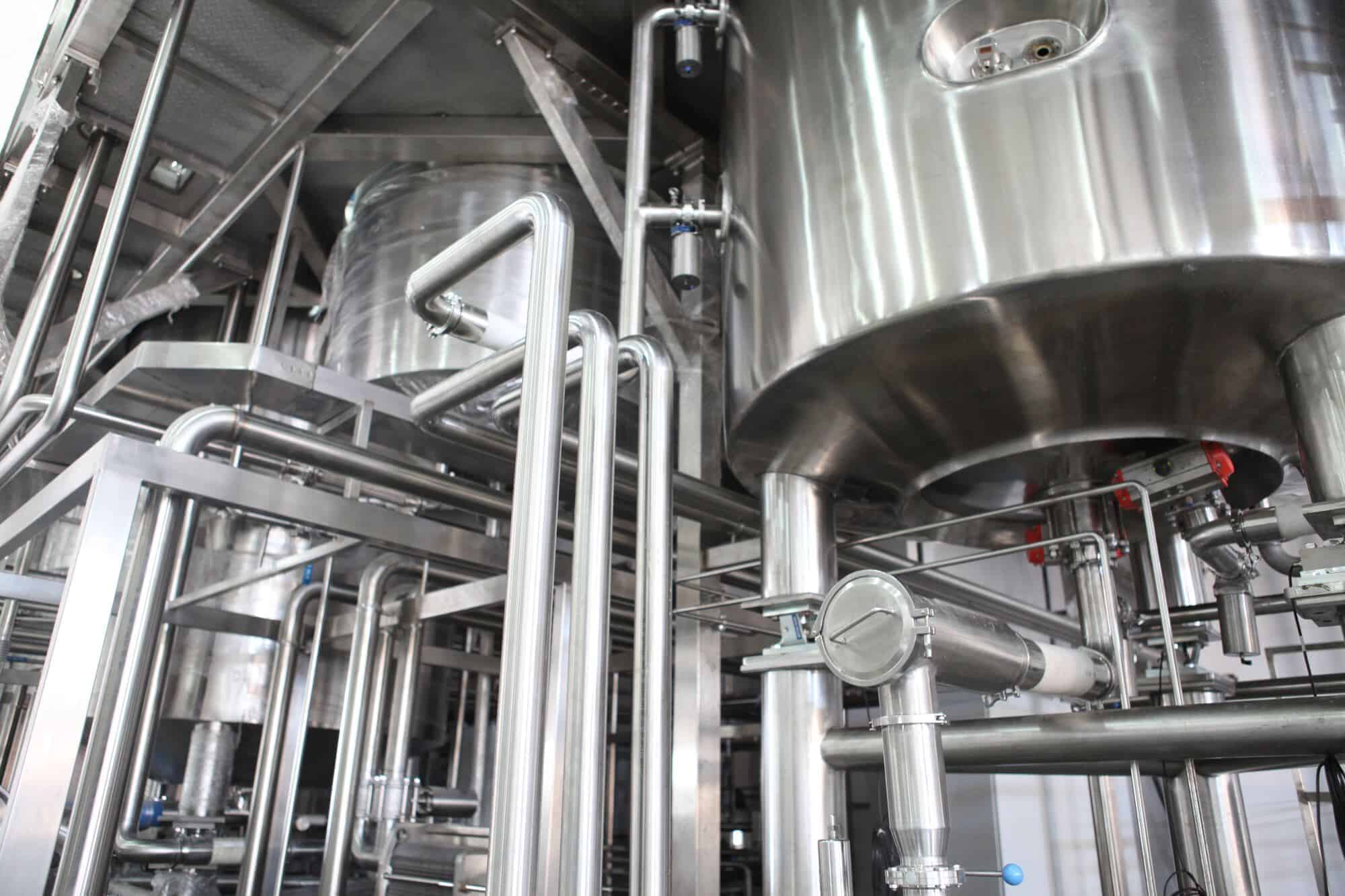Tetrahydrofuran (THF) is made up of four carbon atoms, eight hydrogen atoms, and one oxygen atom. It has the chemical formula (CH2)4O, which makes tetrahydrofuran a heterocyclic ether.
A heterocyclic ether is a ring structure containing atoms from two or more different elements in its ring(s) – in this case, carbon and hydrogen. Ether means THF is part of the organic group in which a central oxygen atom is bonded to two carbon-based groups – again, carbon and hydrogen.
In this post:
More About THF
THF is a colourless, miscible and polar compound with a pungent smell.
As well as commonly being abbreviated to THF, tetrahydrofuran is also called oxolone and butylene oxide.
It reacts vigorously with strong oxidising agents and acids, and is miscible with alcohols, ketones, esters, hydrocarbons, and ethers, as well as being very soluble in acetone, benzene, and ethanol.
How is Tetrahydrofuran Made?

Approximately 200,000 tonnes of tetrahydrofuran are produced annually on a global basis, using one of several methods:
- Catalytic hydrogenation of furan in the presence of a nickel catalyst.
- Decarbonylation of furfural over a zinc-chromium-molybdenum catalyst to form furan, which is then hydrogenated to tetrahydrofuran.
- The Reppe process, which involved dehydration of 1,4-butanediol in the presence of an acidic catalyst. Reacting acetylene and formaldehyde generates 2-butyne-1,4-diol, which is then hydrogenated to 1,4-butanediol. This saturated diol is rearranged into a ring to form tetrahydrofuran by acid catalysis at high temperature.
- Oxidation of butadiene at high pressure and high temperature over a palladium-tellurium catalyst produces 1,4-diacetoxy-2-butene, which is then hydrogenated to 1,4-diacetoxybutane, and finally hydrolysed to tetrahydrofuran.
- A two-step process starting with n-butane. This involves oxidation to produce maleic anhydride then hydrogenation over a rhenium-doped palladium catalyst.
Hazards of Tetrahydrofuran
Tetrahydrofuran is highly flammable, both in liquid and vapour form – vapours may form explosive mixtures with air, including explosive peroxides. Vapours are heavier than air, can spread near the ground and travel a considerable distance to a source of ignition and flashback. It is also corrosive, attacking some forms of plastics, rubber, and coatings.
Contact with THF can cause irritation to the eyes, skin and respiratory system as well as depression to the central nervous system depression, so it’s important to wear protective gloves, protective clothing, eye protection, and face protection when handling this compound.
Precautions to take include keeping THF away from heat, hot surfaces, sparks, open flames, and other ignition sources. Containers should be kept tightly closed, and precautionary measures should be taken against static discharge.
More information on the hazards, dangers, and precautions to take can be found in the tetrahydrofuran material safety data sheet.
Some Uses of Tetrahydrofuran
As tetrahydrofuran is polar and has a wide liquid range, it’s a versatile solvent, which is one of its main uses.
It acts as an industrial solvent for making polyvinyl chloride (PVC), the plastic that the majority of indoor plumbing is made out of, and it also dissolves PVC, and therefore is a primary ingredient in PVC adhesives.
THF is also used:
- As a laboratory chemical
- Cleaning agent
- In coatings and varnishes
- As a chemical intermediate
- In polymerisation











